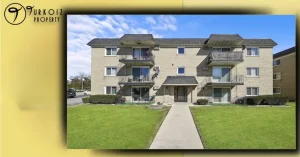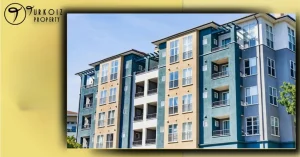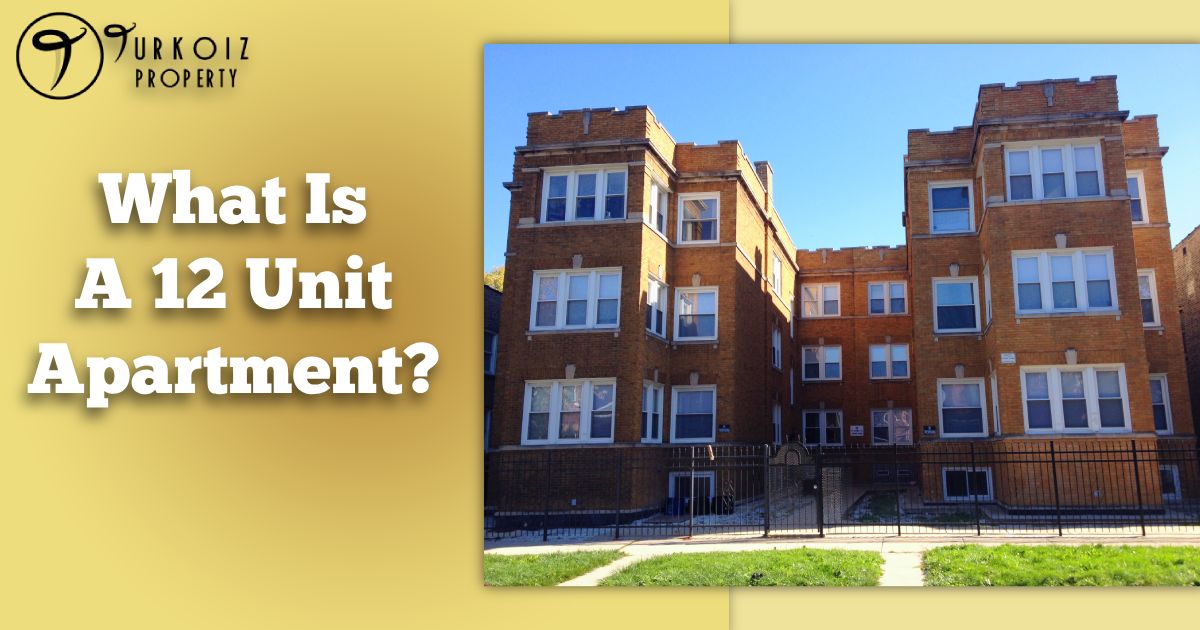For real estate investors, 12 unit apartments represent an attractive middle ground between single property management and large complexes. But what is a 12 unit apartment exactly?
A 12 unit apartment is an apartment building with 12 individual residential rental units contained within the same building.
This article provides a 12 unit apartment explanation including typical layouts, advantages, considerations before investing, and why they offer accessible and rewarding real estate investment potential for smallscale landlords seeking stable cash flow.
What is a 12 Unit Apartment?
A 12 unit apartment is an apartment building that contains 12 separate apartments which are each rented out to individual tenants rather than a single entity. This midsize multifamily property provides economies of scale versus smaller investments while allowing close owner oversight that gets difficult with larger buildings.

Typical features of a 12 unit apartment include:
- 3 floors or stories, with 4 rental units on each level
- A mix of 1 and 2 bedroom units ranging from 500-1100 square feet
- Shared main entry and lobby
- Onsite amenities like laundry room, parcel lockers
- Unit amenities like balconies, modern appliances
- Parking with approximately 1 spot per unit
- Total building size from 10,000 to 30,000 leasable square feet
How does a 12 unit apartment look?
It typically resembles a classic 3-story walkup building with individual access to each unit. It appears externally like a modest midrise building fitting with its surroundings. The interiors have practical, modern layouts suitable for singles, couples, and small families with updated kitchens and bathrooms. These apartments provide attractive, reasonably spacious living at budget rents.
Advantages of Owning a 12 unit Apartment
Generates Rental Income From Multiple Units, Reducing Vacancy Risk
A key advantage of a 12 unit apartment building is the ability to generate rental income from multiple units, typically 12 separate apartments.
This provides a diversified income stream compared to relying on a single rental property. Having multiple renters reduces the impact of any single vacancy. If one unit is empty, there are still 11 other paying tenants providing cash flow.
This mitigates the risk of income interruptions from turnover or unexpected vacancies in any given unit. With proper management, multiunit buildings generally have lower overall vacancy rates than single-family rental properties.
Provides Economies of Scale Related to Shared Building Costs
A 12 unit apartment building also provides certain economies of scale related to shared building expenses and operating costs. Many costs can be spread across the 12 units, lowering the per-unit cost.
For example, there are efficiencies in bulk maintenance contracts for landscaping, snow removal, garbage collection, etc. Any common area upgrades or repairs benefit all units.
Property taxes and insurance can be lower per unit compared to 12 separate single-family apartments and this is one of the differences between an apartment and a unit. This ability to spread costs over 12 units provides savings that boost the net operating income.
Diversification From Having Different Unit Types and Tenant Mixes
Another advantage of a 12 unit building is the inherent diversification that comes from having different unit types, sizes, and tenant mixes within the same property.
For example, there may be a mix of 1-bedroom, 2-bedroom, and studio units appealing to single professionals, couples, and small families. This provides diversification in lease terms, rental rates, and tenant types reducing risk compared to relying on a homogeneous tenant base. If demand changes for certain unit types, the others provide a buffer.
Easier to Obtain Financing Than Very Large Complexes
Compared to very large apartment complexes of say 50+ units, 12 unit buildings are generally easier for individual investors to finance. Traditional multifamily loans often have minimum unit requirements above 12 units.

But 12plexes can obtain commercial loans or portfolio loans secured by multiple small properties. More financing options are available for the smaller scale versus giant apartment communities mostly built by institutional developers.
This makes 12 unit buildings accessible to a wider pool of individual real estate investors.
Allows Close Owner Oversight More Feasible Than Massive Properties
Finally, the relatively small scale of a 12 unit apartment building allows for closer owner oversight and hands-on management compared to massive 100+ unit complexes.
While professional property management may still be helpful, an actively involved owner can more feasibly maintain day-to-day oversight and decision-making authority over their 12 unit asset.
This oversight capability enables the owner to better control operations, costs, rent rates, and tenant relations ultimately protecting and enhancing their investment.
Properly managed 12 unit buildings can produce 712% annual rental yields in the right area providing healthy passive income potential. The advantages make 12plexes an attractive multifamily investment.
Differentiating 12 Unit Apartments from Other Real Estate
Relative to single-family homes, the key difference a 12 unit apartment offers is economies of scale – builder and operating costs per unit decrease as more units share them. Shared amenities also enhance convenience.
Compared to large 100+ unit complexes, 12 units allow more personalized owner oversight and tenant relations similar to residential leasing. Operating costs are contained without extensive staffing. However, having multiple units lowers individual vacancy risks.
Considerations Before Investing in a 12 unit Apartment
Careful Financial Planning and Budgeting Needed
One major consideration for investing in a 12 unit apartment is the need for careful financial planning and budgeting. An investor should analyze:
- Down payment amount needed often 20-35%
- Costs for loan fees, appraisal, due diligence
- Closing costs and other transaction fees
- Renovation or upgrade budget
- Operating budget taxes, insurance, maintenance, utilities
- Reserves for vacancies, repairs, capital replacements
- Expected rental income and cash flow
Proper financial planning is crucial to determine if the project is feasible and will provide the desired returns. Detailed budgeting manages costs and cash flow.
Exploring Property Management Options
Another key consideration is whether to self-manage the 12 unit apartment or hire professional property management. Self-managing can save on management fees but requires hands-on work. With a management firm, the investor trades off some cash flow for the firm’s expertise. Important factors in deciding include:
- Investor’s time commitment and real estate experience
- Number of other properties owned
- Complexity of the 12 unit property
- Cost of property management services in the area
The investor must evaluate if self-management or using a property manager best fits their needs and abilities.
Conducting Thorough Location and Market Analysis
Before acquiring a 12 unit apartment, meticulous location and market analysis is vital. The investor should research:
- Local market rents, occupancy rates, and demand drivers
- Employment and population growth in the area
- Supply dynamics number of competitors, new construction
- Typical tenant profile and demographics
- Income levels and what rents are affordable
- Crime rates, noise, and school livability factors
- Regulations, zoning, taxes affecting the property
This location analysis will inform what an investor can charge for rent, the ability to keep units leased, and overall investment performance.
Conclusion
When exploring real estate investments, an investor may ask what is a 12 Unit apartment. As we’ve discussed, a 12 unit apartment is a medium-sized multifamily property with 12 separate rental units. This type of building offers inherent benefits from diversification and economies of scale. However, prudent investors should carefully weigh considerations like financial planning, management, and market factors before acquiring a 12 unit apartment.
With proper diligence, the investor who understands what a 12 unit apartment is and its unique attributes can benefit from multiple income streams and favorable risk-adjusted returns on their investment. But adequate preparation is key.
While not a fit for every real estate portfolio, 12 unit apartments present an appealing middle ground between single-family homes and large institutional complexes for certain investors.
By fully exploring what is a 12 Unit apartment and the pros and cons, investors can make wise decisions about this niche opportunity.
